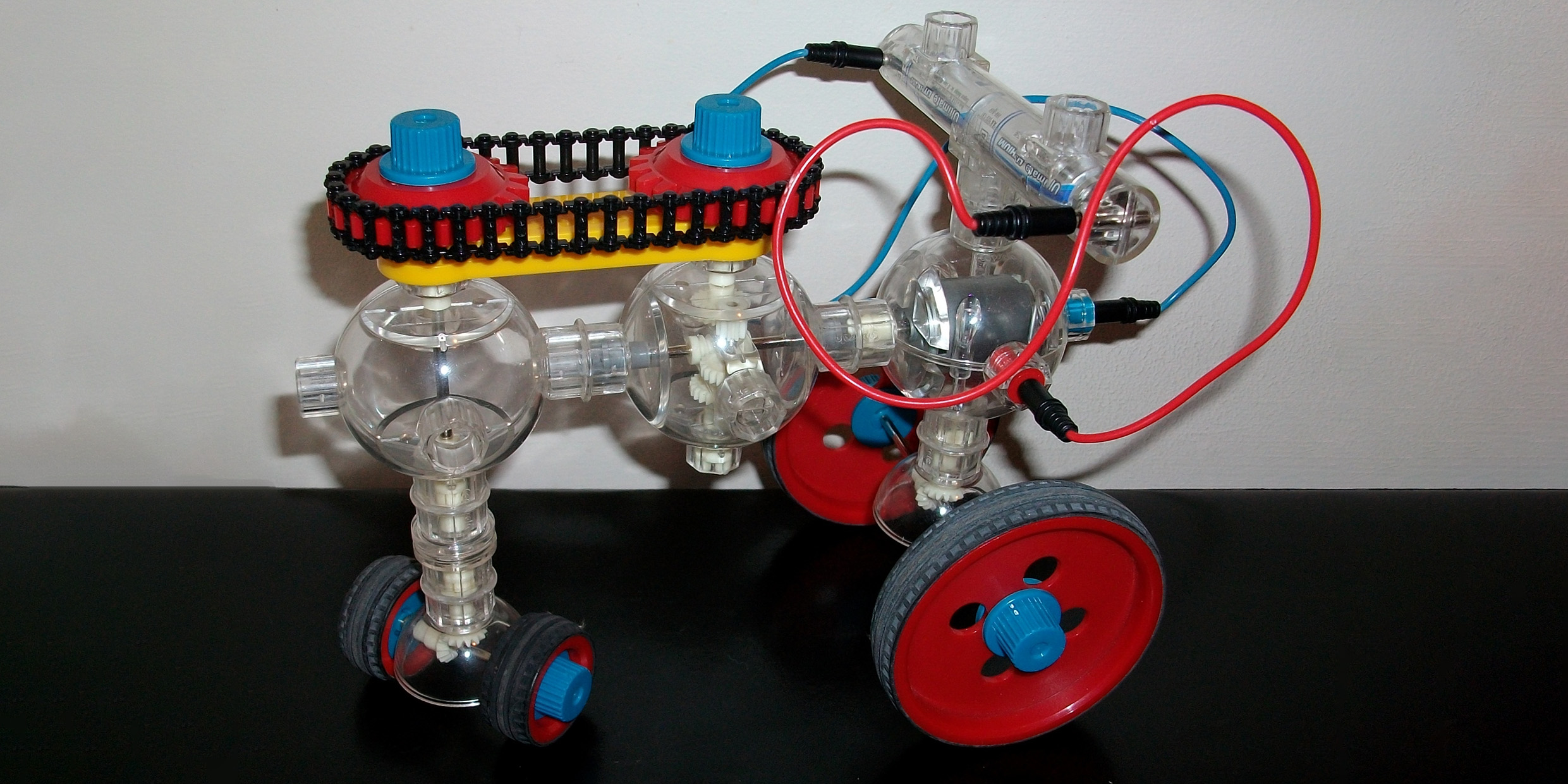Originally published 18 December 1989
Time to take a look at this year’s science toys, and what better place to see what the elves have been up to than the Boston Science Museum Shop? I’m a long way from childhood, but I found lots of stuff I wouldn’t mind finding under my tree.
The question is, how to get it there without looking silly? My kids are grown up. No grandchildren yet. I’m at that awkward stage in life where if I want toys, I have to buy them for myself.
Back in the days when aunts and uncles did their shopping at the five-and-dime, there were certain things a kid could be sure of getting for Christmas. Like a big red horseshoe magnet. Every kid got a horseshoe magnet whether he wanted one or not. Sometimes two or three, depending on the number of aunts and uncles. We didn’t have refrigerator magnets in those days. Some folks didn’t have refrigerators. A big red horseshoe magnet was a high-tech toy.
And sure enough, the Science Museum Shop has horseshoe magnets just like the ones our aunts and uncles bought at Woolworth’s for fifty cents.
Why, I used to wonder, are horseshoe magnets always red? I still wonder about that. The color may go back to magnets Michael Faraday constructed for demonstrations at the Royal Institution in London in the early 1800s. Science is like that. Full of the useless trappings of a rich history. Thats one good thing about an old-fashioned horseshoe magnet as a gift for a kid. It’s history in the hand.
A box of treasures from hardware store
I remember one of the best toys I had from Santa — a big box of electrical stuff from the hardware store. A spool of bell wire. Two giant dry cell batteries. Flashlight bulbs and sockets. An old-fashioned doorbell with an iron clapper. And a DC motor. No instruction book was necessary. If you put something together and it didn’t work you knew the wires were crossed. It wasn’t long before our house was full of crazy inventions.
One of those inventions was an electromagnet, which I pitted in a feat of strength against a horseshoe magnet. That was fun. But I’m no fool. I know a box of junk from the hardware store won’t satisfy kids today. This is the computer generation. A spool of wire and dry cell batteries were a suitable child’s technology back when Detroit ruled the world, but nowadays a kid’s playthings need punch and pizzazz.
Some toys at the Science Museum Shop had the technical sophistication of the NASA Shuttle and the design finesse of a Ferrari. Best of all were the construction sets from around the world—Capsela kits from Japan, Fischertechnik from Germany, and Quercetti from Italy. These toys could win an award for design, and the engineering is superb. North Pole products have changed a lot since the elves went international.
As I poked around the shop it occurred to me that kids need two kinds of toys (maybe adults need them too). Fantasy toys and reality toys. Kids today get plenty of fantasy toys. Barbie dolls. Go-Bots. Nintendo. Nothing wrong with that. No one can live without fantasy. But a few good science toys help anchor a kid in reality.
Learning how the real world works
Toys like a big red horseshoe magnet. Or a rocket powered by air-pressure. Or a device for making giant bubbles. Or a telescope or microscope. All of the toys at the museum shop have some connection with reality. Kaleidoscopes with optics. Model dinosaurs with paleozoology. Balsa wood airplanes with aeronautics.
I liked the shower curtain that is also a star map, and the little gray sleepers for infants designed like NASA space suits, complete with American flag and Shuttle emblem on the sleeves. You cant enjoy these things without learning something about how the real world works.
A set of building blocks can teach a kid more about reality than all the Saturday morning TV shows put together. I found beautiful block sets at the Museum Shop, carefully-crafted wood blocks with heft and precision. Santa ought to pile more of these into the sleigh on top of all the plastic junk and electronic gizmos. Blocks teach a kid something about gravity, about balance, about architecture and design, and no batteries are required.
Yeah, I know. No kid wants to find a bunch of school stuff under the Christmas tree. There’s such a thing as too much reality. Good science toys, like good science, need an element of fantasy, space for the mind to play. Thats whats good about Capsela electromechanical construction sets, or Quercetti toys — or even a box of electrical junk from the hardware store. The possibilities are endless.
I loved your new science toys at the museum shop, but I guess what I really want for Christmas is that grandchild I’ve heard is on the way. Then I can buy these marvelous toys in June, play with them myself until Christmas Eve, and no one will be the wiser.



